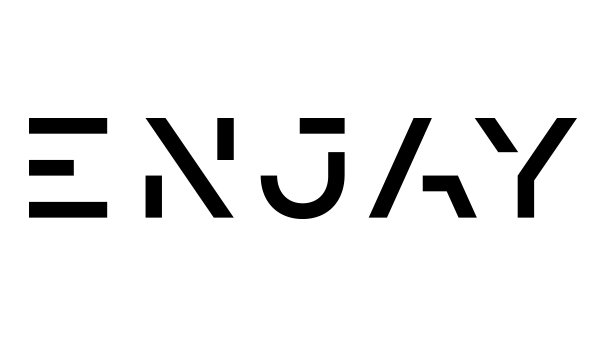Enhancing sustainability
There's an enormous energy waster lurking in every commercial kitchen, and yet it's so commonplace that most of us may not give it a second thought. Commercial exhaust hoods expel huge volumes of warm air from commercial kitchens. The exhaust air gets replaced with cool outside air, which must be reheated to keep the building comfortable in cool weather.
Theoretically, installing a heat exchanger would allow this waste heat to be recovered, but conventional heat exchangers are no match for the grease and soot of a commercial kitchen and quickly clog. Enjay, based in Sweden, developed its Lepido heat exchanger specifically for polluted air streams, making it ideal for commercial kitchens and other industrial applications. Lepido is a greentech solution that works reliably to recover waste heat from exhaust air without clogging. That heat can then be used to preheat the fresh air coming from outside, recovering about 90 percent of the energy that would otherwise be lost—reducing a restaurant's electricity consumption by as much as 85,000 kilowatt-hours annually.
There's immense potential to capture and reuse or store waste heat. "We've known for a long time that industries are wasting a lot of excess heat," says Nils Lekeberg, vice president and founder of Enjay. "Some suggest that if we could recover the excess heat from all sources across Europe, including industry, it would be enough to power the whole region."
Energy efficiency and renewable sources of energy are the two main pillars for limiting temperature rise to the 1.5 degrees Celsius target set by the 2015 Paris Accords. "Renewable sources are sometimes controversial, but no one disputes that every kilowatt-hour you save decreases the strain on the grid," says Lekeberg. "The cost of wasting excess heat has tripled or quadrupled in Europe over the last year and a half, so management teams are really starting to recognize it as a priority, and stricter regulations now mandate conservation."
Energy savings as a service
Enjay began testing its Lepido heat exchangers in 2016 in Burger King restaurants. "We realized very early on that we needed to be able to report back to our customers so that they could see that the energy savings we promised were actually there. We needed Internet of Things (IoT) connectivity to each system to make that happen," explains Lekeberg. "Europe and other regions are also facing growing regulations mandating energy conservation. IoT allows us to provide customers with the data necessary to demonstrate regulatory compliance."
As the business progressed, it also became clear that IoT connectivity could help Enjay in other ways. When a restaurant chain builds a new location, there's money in the construction budget to cover the cost of a heat exchanger. However, budget is not typically allocated for retrofits, so it is much harder to get Lepido heat exchangers into the thousands of existing commercial kitchens.


